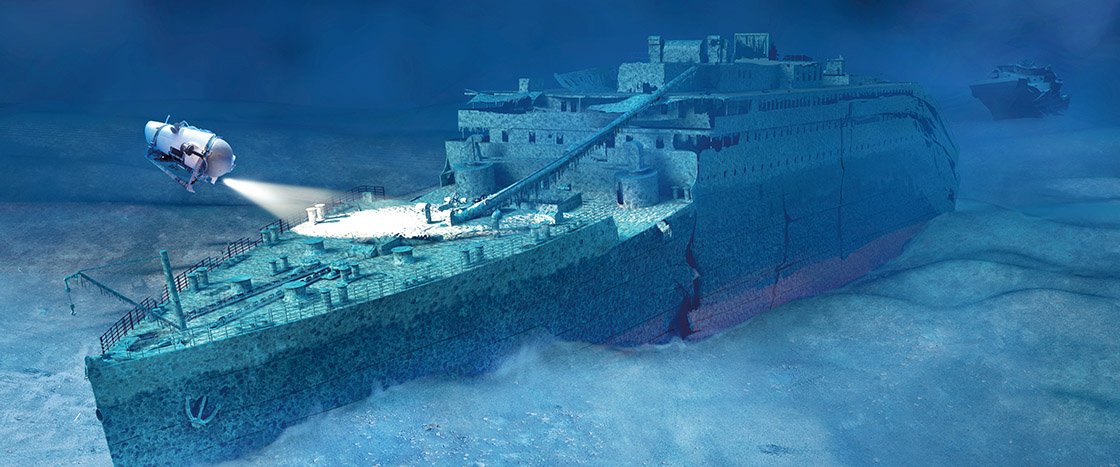Today, the story of the Titanic still captivates us. Countless books, plays, and movies have been inspired by the ship and its tragic demise. Google “Titanic,” and you get some 100 million hits.
For many, a close encounter with such an iconic piece of history would be an extraordinary experience. To date, only 200 people have seen the wreck up close. That’s fewer than the number of people who have gone to space.
But not everyone is thrilled with the idea of turning the Titanic into a tourist destination. Some say it’s not respectful to those who died.
Back in 2012, when another company was considering taking tourists down to the wreck, Edward Kamuda, then president of the Titanic Historical Society, spoke out. In an interview with National Geographic, he said, “To us, it’s a gravesite—why disturb it any further?”
Others don’t see visiting the Titanic as disrespectful. In fact, many see it as a way to honor those who died by keeping their stories alive. “For us, it’s really about preserving a piece of history,” says Dana Hall, a spokesperson for OceanGate.
Besides, OceanGate plans to do more than take people down to ogle the Titanic and take selfies. During each trip, the OceanGate crew will collect scientific data about the wreck. Passengers will get to help, taking photos and videos and even operating the sonar (a device that detects objects underwater).
But some historians worry about the inadvertent damage that these kinds of expeditions can cause. Take the Titanic’s crow’s nest, a tall structure that was used as a lookout. It’s gone missing, possibly after having been knocked loose by a submersible in the early 2000s. Hall says there is no reason for any damage to occur during OceanGate’s dives, though, because they won’t be touching the wreck.
Plus, there is something far more harmful than submersibles threatening the Titanic : bacteria. Right now, these tiny organisms are slowly eating away at the parts of the ship made of iron. Eventually, the iron will become so corroded that the wreck will collapse and be buried by sand.
Scientists estimate that the Titanic could disappear within 20 years. Signing up for OceanGate’s expedition could be the last chance to see the ship before it is gone forever.

